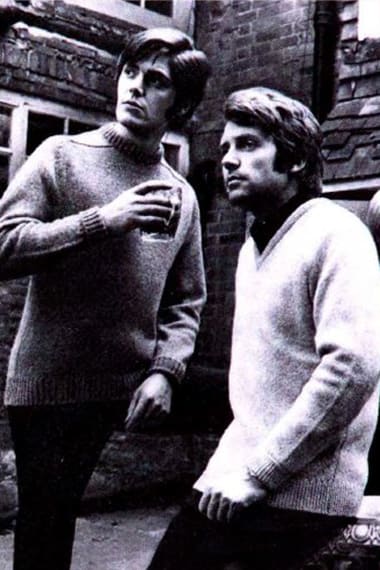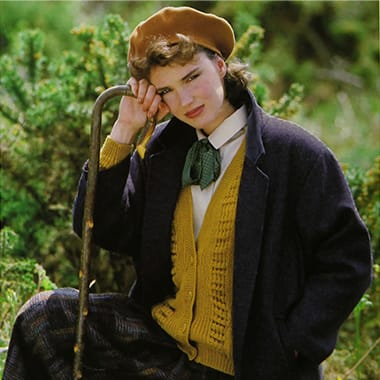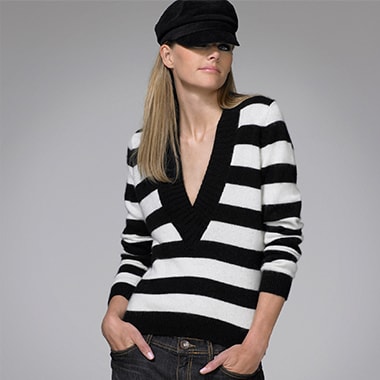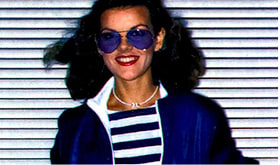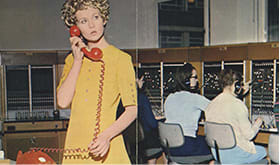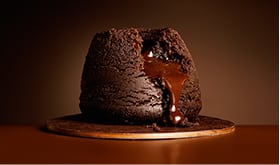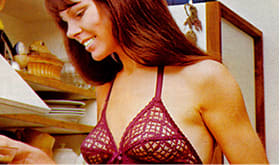FROM THE ARCHIVE
KNITWEAR:
A STITCH
IN TIME
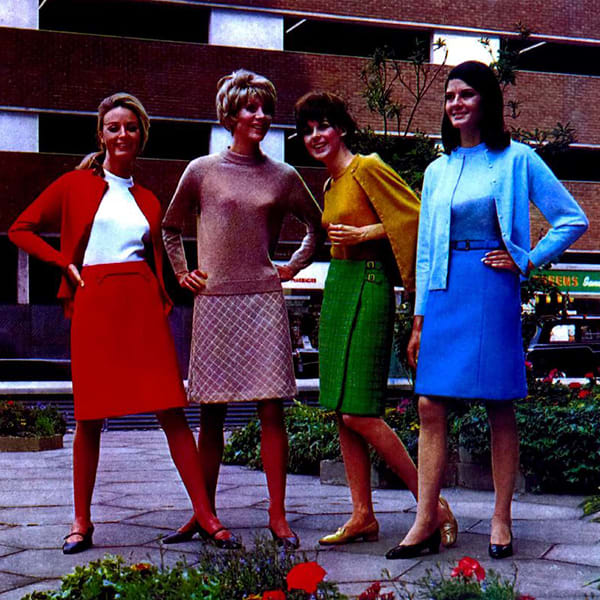
The M&S knitwear story began in the Twenties, when our woollen swimwear was a seaside staple. Fast forward almost a century and while swimwear fabrics have thankfully advanced, our high-quality knits are still making a splash

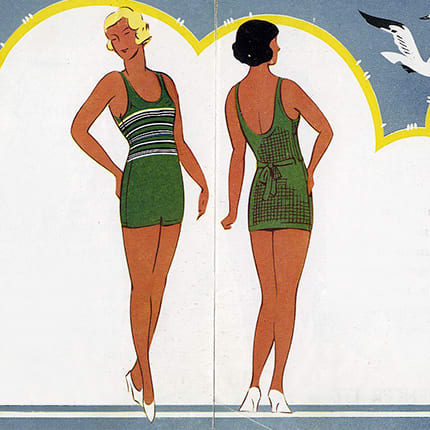
Knitted out for the beach
Our woollen swimwear was an elegant
beachside go-to in the Twenties.
At M&S, we know our knitwear. From fine-gauge lambswool and merino to cashmere, today there’s a yarn for every lifestyle.
This wasn’t always the case. During the Thirties and Forties, frugality meant the high street’s offering was restricted. Besides woollen stockings and swimwear, M&S customers were encouraged to get crafty with St Michael balls of wool and accompanying free knitting patterns.
The Fifties brought new innovations and a welcome growth in choice. M&S pioneered the use of colour-fast dyes on wool, and knitwear classics such as tank-tops and sleeveless cardigans were introduced.
This was a decade that reflected a desire for low-maintenance clothing, and newly developed synthetic blends became best-sellers. By the mid-Sixties the popularity of drip-dry, non-iron fabrics meant that more than half of M&S textile sales were made of synthetic fabrics.
For fashion mavens in the swinging Sixties, woven wools, tweeds and double jersey became daytime
defaults. Woollen yarns were made suitable for mass production and suddenly high-quality Shetland and lambswool were affordable for everyone. This brand of accessible style became synonymous with M&S.
New processes pioneered by M&S in the late Sixties lowered the cost of printed knitwear and in 1972 machine-washable lambswool was introduced, along with woollen suits for men. Knitwear adverts focused on the comfort and durability of wool, and trendy designs for all the family.
In the Eighties, wool suiting was a hit, while the Nineties saw the classic British ‘country look’ trending across Europe with wool, tweed, Arran and flannel flying off the shelves.
Our knitwear innovations continued into the Noughties, with silk-blend designs and luxurious yet affordable easy-care cashmere sweaters topping customers’ wish-lists.
Today, the M&S knitwear offering is even more varied. From cashmere socks to loungewear and beyond, this thread of luxury continues to be woven into our collections.
OUR KNITWEAR HERITAGE

